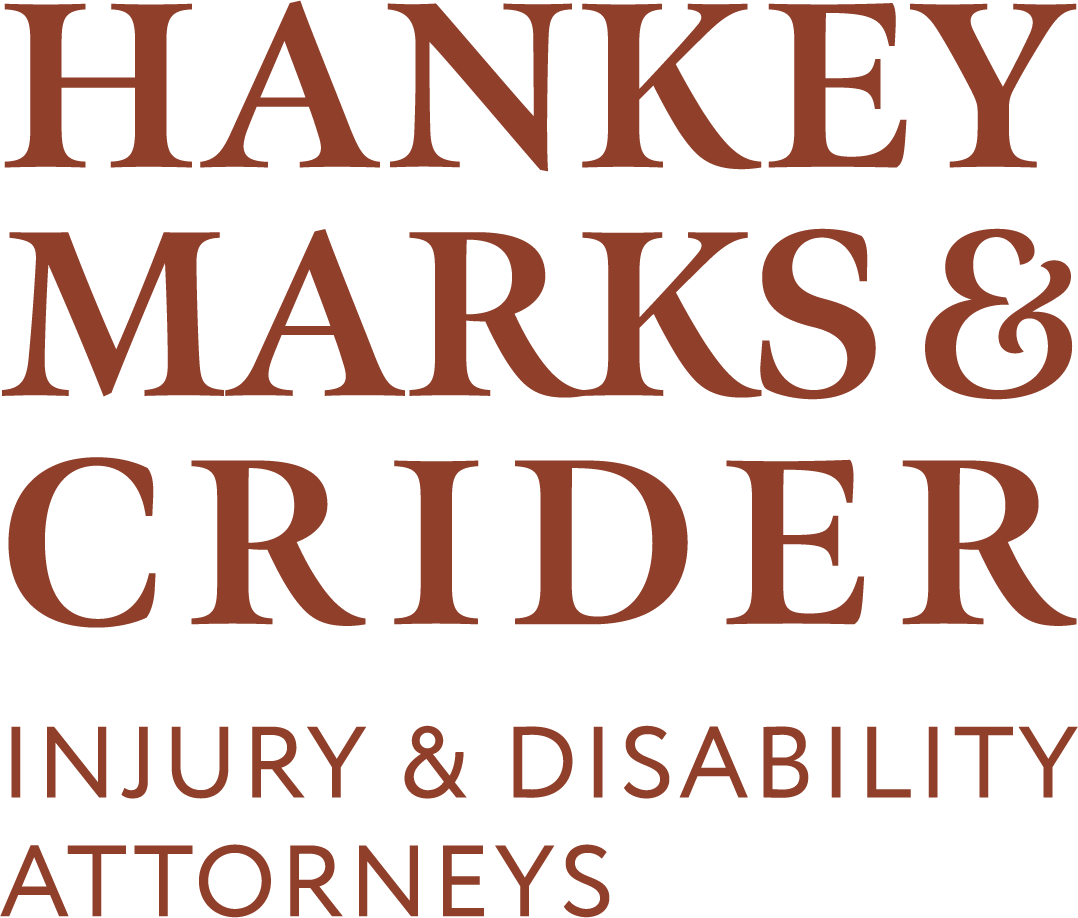In the intentional torts branch of personal injury lawsuit, a person must have the intent to do something in order to be liable for the harm or offense caused to the victim. Through time, three types of intent have developed for use in the tort system.
Type I
The first type of intent requires that a person purposefully do something in order to be held liable. For example, in battery, if the person who is being asked to defend him or herself against civil charges of battery thought just before the action “I am going to hit John Smith” then that person purposefully hit John Smith. This is the first type of intent.
Type II
In the second type, the defendant had to have been reasonably certain that an outcome could or would occur when he or she performed an action. So if Person A observes a crowd of people in the distance and then chooses to hurl a ball in the crowd’s direction, Person A can be reasonably certain that by throwing the ball, he or she is going to hit someone with the ball. Because Person A is reasonably certain that contact with a person could occur if he or she throws the ball, there is intent present.
Type III
This kind of intent is also known as transferred intent. Transferred intent allows the intent to do something that is pointed at one person to be re-directed at another individual. So if there are two people standing together, one behind the other, and the person in front, Person A, has a gun pointed at her by Person B, the person standing behind Person A can file a lawsuit for assault based on the possibility that Person B could miss Person A and so the third person was still apprehensive of immediate harm.
Contact an Indianapolis Personal Injury Attorney
If you have suffered harm as a result of someone’s intentional or negligent acts, contact the Indianapolis personal injury attorneys of Hankey Marks & Crider at (317) 634-8565.

